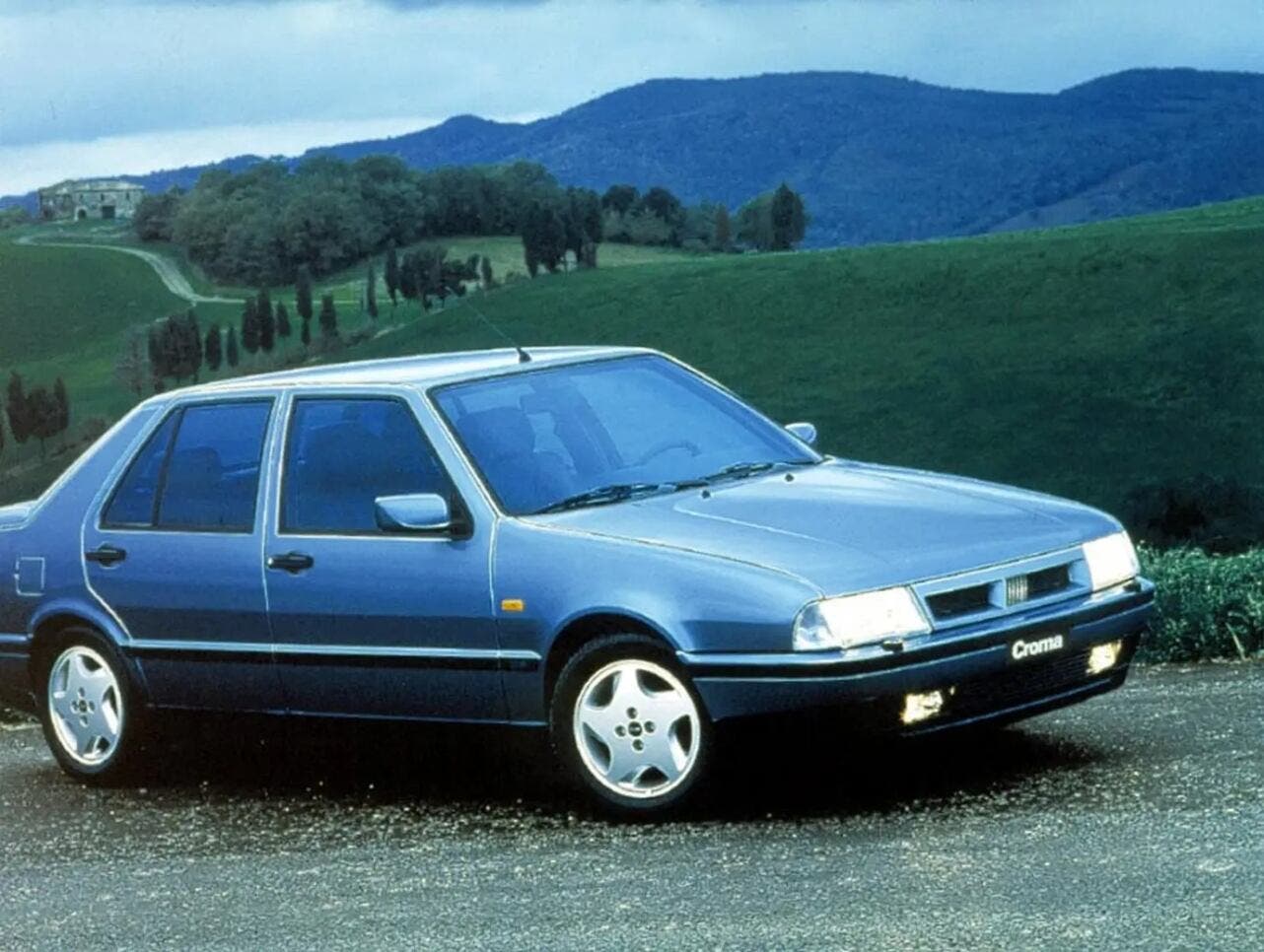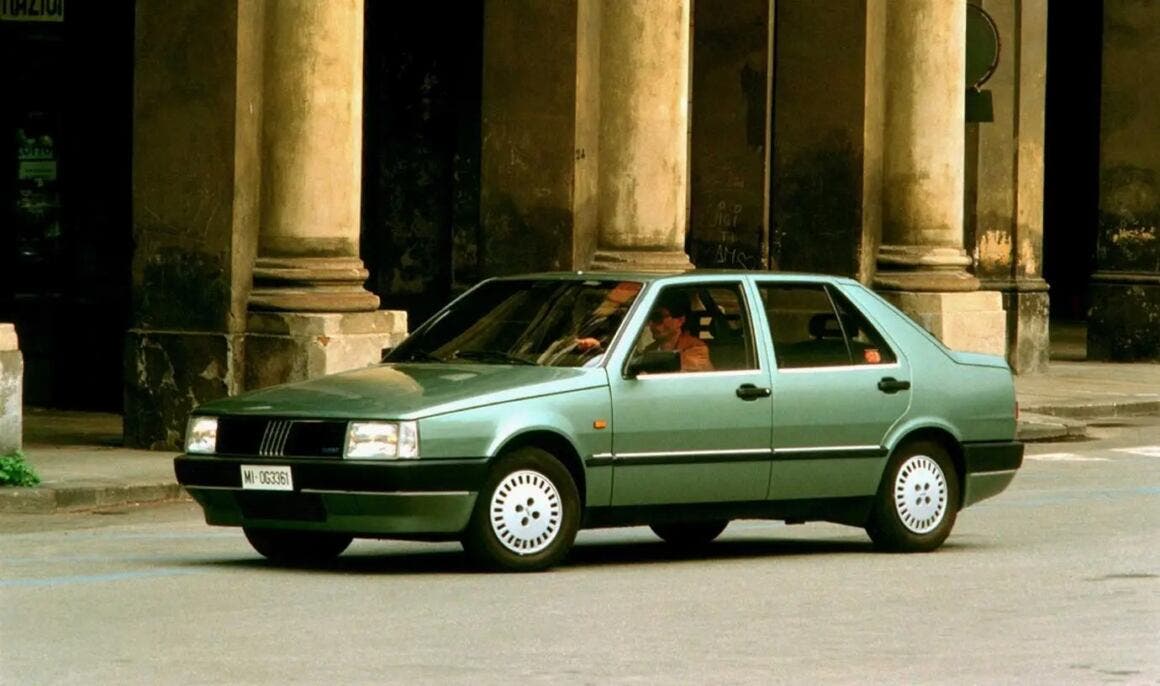The first series of the Fiat Croma made its society debut in 1985, marking an era when the Ferrari Testarossa led as the flagship of Italian manufacturing. It was a vibrant period for Italy, characterized by optimism and a prevailing desire to dream. This sedan from Turin originated from the “Tipo Quattro” project, alongside the Lancia Thema, Saab 9000, and Alfa Romeo 164.
Fiat Croma: more than just a luxury sedan
All these models are derived from the same platform, aiming to optimize costs within an effective system of industrial synergies. Despite sharing a common structural base, each model maintained its distinct identity. The engineers successfully imparted a unique character to each of the four models.
The Fiat Croma focused heavily on practicality. While it may not have offered particular emotional triggers, it boasted a very successful aesthetic that captured hearts at first glance. It might not have had the elegant verve of the 164 or the class of the Thema, but it stood out with its harmonious and extremely clean look, a result of the internal design center’s work, overseen by Tom Tjaarda and Giorgetto Giugiaro. Many people and various institutional bodies chose it as their official car.

This car appealed to the public, as evidenced by the 438,000 units delivered to customers. Among its strengths were a favorable quality-price ratio and economical operation. As the flagship of the Turin-based manufacturer, it had maintenance costs that were not particularly high, allowing some to leap into a higher automotive segment.
The Fiat Croma offered a range of engine options. There were 1.6 and 2.0 carburetor versions, as well as 2.0-liter injection models, both naturally aspirated and turbocharged. Power outputs ranged from 83 to 155 horsepower. The 2.5-liter diesel engine was less vigorous, with 75 horsepower. This was followed by a 2.4-liter turbodiesel with 100 horsepower. In 1991, the model underwent a facelift that added more character to the front end. The lower displacement versions were discontinued, while a 160-horsepower version, powered by a 2.5-liter naturally aspirated V6 from Alfa Romeo, was introduced.
